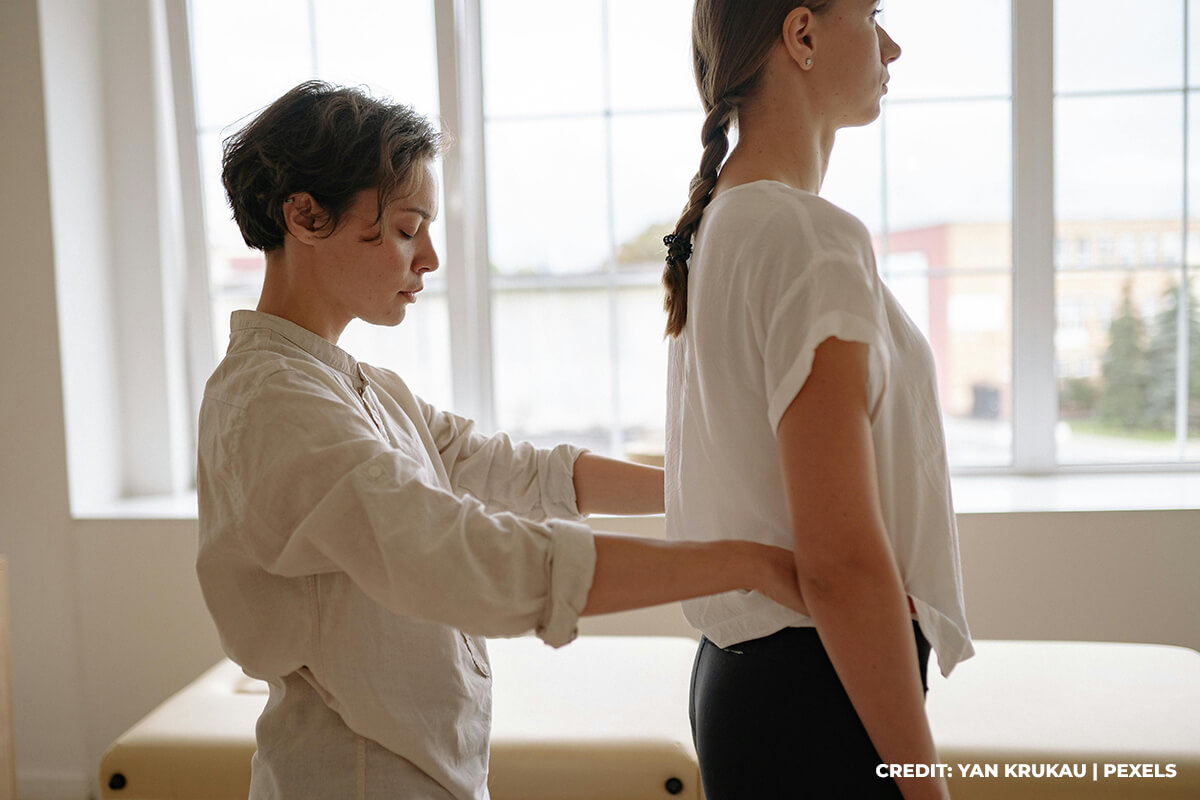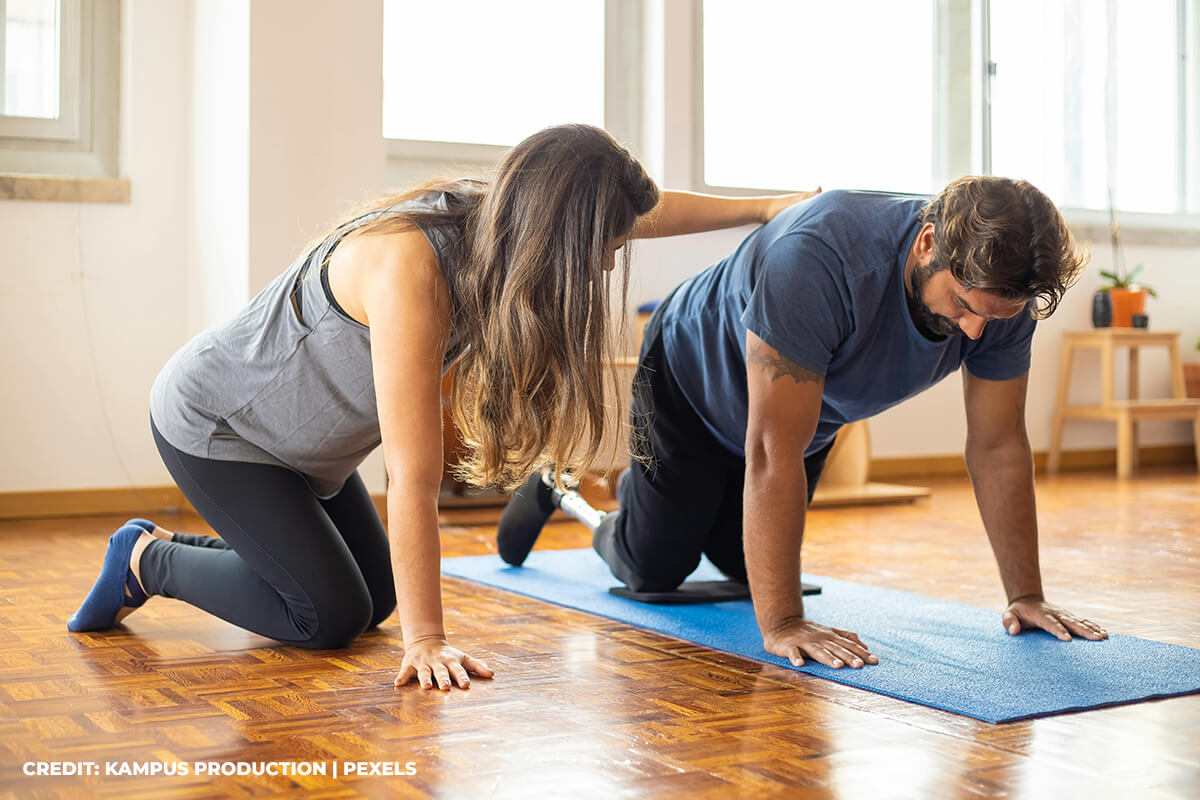
Balance issues can significantly impact daily life, making simple tasks like walking, climbing stairs, or even standing feel daunting. Whether caused by aging, injury, neurological conditions, or inner ear disorders, balance problems can often be improved through physiotherapy. Balance retraining with physiotherapy is a structured, an evidence-based approach to help individuals regain stability, confidence, and independence. If you’re considering this treatment, here’s what you can expect from the process, from initial assessment to long-term outcomes.

What Is Balance Retraining?
Balance retraining is a specialized physiotherapy program designed to address deficits in the body’s balance systems. These systems include the vestibular system (inner ear), visual system (eyes), and proprioceptive system (sensory feedback from muscles and joints). When any of these systems are impaired—due to conditions like vertigo, stroke, Parkinson’s disease, or post-injury recovery—balance retraining helps restore coordination and stability.
Physiotherapists use targeted exercises and techniques to strengthen muscles, improve coordination, and retrain the brain to process balance-related signals effectively. The goal is not just to prevent falls but to enhance overall mobility and quality of life. Each program is tailored to the individual’s specific condition, ensuring a personalized approach to recovery.
Initial Assessment: The First Step
Your balance retraining journey begins with a comprehensive assessment by a qualified physiotherapist. During this session, the therapist will evaluate your medical history, current symptoms, and physical capabilities. Expect questions about when your balance issues started, any falls or near-falls, and factors like dizziness or blurred vision.
The assessment typically includes physical tests to gauge your balance, coordination, and strength. These may involve standing on one leg, walking in a straight line, or performing movements with your eyes closed to assess proprioception. The physiotherapist may also use tools like the Berg Balance Scale or dynamic posturography to measure your stability under various conditions.
This initial evaluation helps the therapist identify the root cause of your balance issues and design a customized treatment plan. It’s also an opportunity to discuss your goals, whether it’s returning to sports, walking without fear, or simply feeling steady at home.
What Happens During Balance Retraining Sessions?
Balance retraining sessions are dynamic and progressive, typically lasting 30 to 60 minutes, depending on your needs. Here’s what a typical session might involve:
-
Warm-Up and Mobility Exercises
Sessions often start with gentle stretches or movements to prepare your muscles and joints. These exercises improve flexibility and reduce stiffness, setting the stage for more challenging tasks.mhn
-
Strength Training
Weak muscles, particularly in the legs and core, can contribute to balance issues. Your physiotherapist may incorporate resistance bands, weights, or bodyweight exercises like squats or heel raises to build strength.
-
Balance-Specific Exercises
These are the core of the program. You might practice standing on uneven surfaces (like foam pads), shifting your weight side-to-side, or walking while turning your head to challenge your vestibular system. Gaze stabilization exercises, where you focus on a fixed point while moving, are common for those with dizziness or vertigo.
-
Coordination and Functional Training
To mimic real-world scenarios, therapists include tasks like stepping over obstacles, navigating turns, or transitioning from sitting to standing. These exercises help you regain confidence in everyday activities.
-
Education and Feedback
Your physiotherapist will provide guidance on posture, movement techniques, and home exercises. They’ll also monitor your progress, adjusting the program as you improve.
Sessions are engaging and collaborative, with the therapist offering encouragement and ensuring exercises are performed safely. The frequency of sessions varies, but most patients attend 1-2 times per week, with home exercises to complement in-clinic work.

Conditions That Benefit from Balance Retraining
Balance retraining is effective for a wide range of conditions, including:
-
Vestibular Disorders
Conditions like benign paroxysmal positional vertigo (BPPV), labyrinthitis, or Meniere’s disease can cause dizziness and imbalance. Specific maneuvers, like the Epley maneuver, combined with exercises, can alleviate symptoms.
-
Neurological Conditions
Stroke, multiple sclerosis, or Parkinson’s disease often impair balance. Physiotherapy helps retrain neural pathways and strengthen affected muscles.
-
Post-Injury Recovery
After fractures, sprains, or surgeries (e.g., hip or knee replacements), balance retraining aids in restoring stability and preventing re-injury.
-
Age-Related Decline
As we age, muscle loss and sensory changes increase fall risk. Balance retraining helps older adults maintain independence.
-
Chronic Conditions
Diabetes or arthritis can affect sensation and joint stability, making balance exercises crucial for mobility.
By addressing the underlying causes, balance retraining offers a path to recovery for diverse patient needs.
Expected Outcomes and Timeline
The timeline for improvement varies depending on the severity of your condition, your overall health, and adherence to the program. Some patients notice better stability within a few weeks, while others, particularly those with neurological conditions, may require months of consistent effort.
Short-term outcomes include improved confidence in standing or walking, reduced dizziness, and fewer near-falls. Over time, you can expect enhanced coordination, stronger muscles, and the ability to perform daily tasks with ease. For example, climbing stairs or walking on uneven ground may feel less intimidating.
Consistency is key. Following your physiotherapist’s home exercise plan and attending regular sessions accelerate progress. Your therapist will also track your improvement through follow-up assessments, adjusting the program to challenge you as you gain strength and stability.
Tips for Success in Balance Retraining
To maximize the benefits of balance retraining, consider these practical tips:
-
Stay Committed
Attend all scheduled sessions and diligently perform home exercises. Even small daily efforts add up.
-
Communicate Openly
Share any changes in symptoms, such as increased dizziness or fatigue, with your physiotherapist. This helps them tailor the program to your needs.
-
Use Supportive Footwear
Wear sturdy, non-slip shoes during exercises and daily activities to enhance stability.
-
Modify Your Environment
Reduce fall risks at home by removing clutter, improving lighting, and installing grab bars if needed.
-
Be Patient
Progress may feel slow at times, but incremental improvements build toward lasting results.
Your physiotherapist will guide you every step of the way, ensuring you feel supported and motivated.
Why Choose Physiotherapy for Balance Retraining?
Physiotherapy offers a non-invasive, proactive approach to managing balance issues. Unlike medications, which may only mask symptoms, balance retraining addresses the root causes through exercise and education. It empowers you to take control of your recovery, equipping you with skills to maintain stability long-term.
Physiotherapists are highly trained professionals who combine clinical expertise with a patient-centered approach. They create safe, effective programs that evolve with your progress, ensuring you’re always working toward your goals. With physiotherapy, you’re not just treating symptoms—you’re building a foundation for better health and confidence.
Take the First Step Toward Better Balance
If balance issues are holding you back, physiotherapy can help you regain control and live with confidence. At Davisville Yonge Clinics, our experienced physiotherapists and chiopractors offer in balance retraining, offering personalized care to meet your unique needs. Don’t let dizziness or instability limit your life—take the first step today.
Call Davisville Yonge Clinics at 416-481-6100 to schedule your assessment and start your journey to better balance.